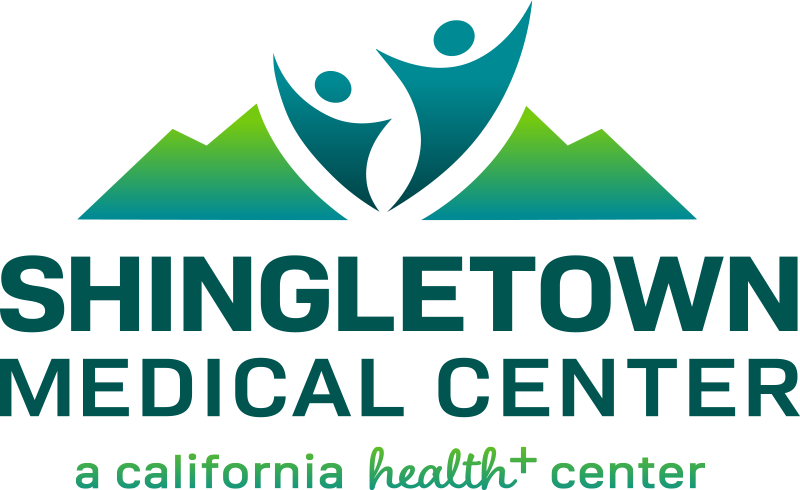Effects of Opioid Addiction
Opioid addiction is a growing epidemic in the United States.
Overdose deaths from prescription opioids are four times higher now than they were in 1999. From 1999 to 2015, more than 183,000 people died from prescription opioid overdoses. Opioid overdoses killed more than 33,000 people in 2015 alone, more than any year on record.
Most commonly abused opioids:
Oxycodone (e.g., OkyContin)
Methadone
Hydrocodone (e.g., Vicodin)
Heroin
91 Americans die every day from an opioid overdose.
These deaths often involve prescription sedatives, like Valium or Xanax.
Avoid taking sleep, anti-anxiety or sedative medications while using prescription opioids.
If you struggle with addiction, you are not alone -- 25% of patients receiving long-term opioid therapy struggle with opioid addiction. Doctors write enough prescriptions each year to supply every American adult with their own bottle of pills -- nearly 250 million prescriptions in total.Don't be afraid to ask for help.
The Substance Abuse and Mental Health Services Administration (SAMHSA) offers resources to help with addiction and treatment. Visit SAMHSA.gov for more information on its services, or call the National Helpline at 1-800-622-4357.
Additionally, talk with your doctor about addiction treatment using other methods, like non-addictive drugs, to ween off opioids. Did you know? "Good Samaritan" laws exist in many states and can protect victims and those reporting incidents from drug possession charges.
Shingletown Medical Center is working to keep the Shingletown Community safe and drug free. If you have any questions or would like more information on Opioid addiction, please contact the health center at 530.474.3390.
